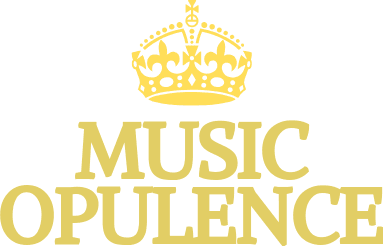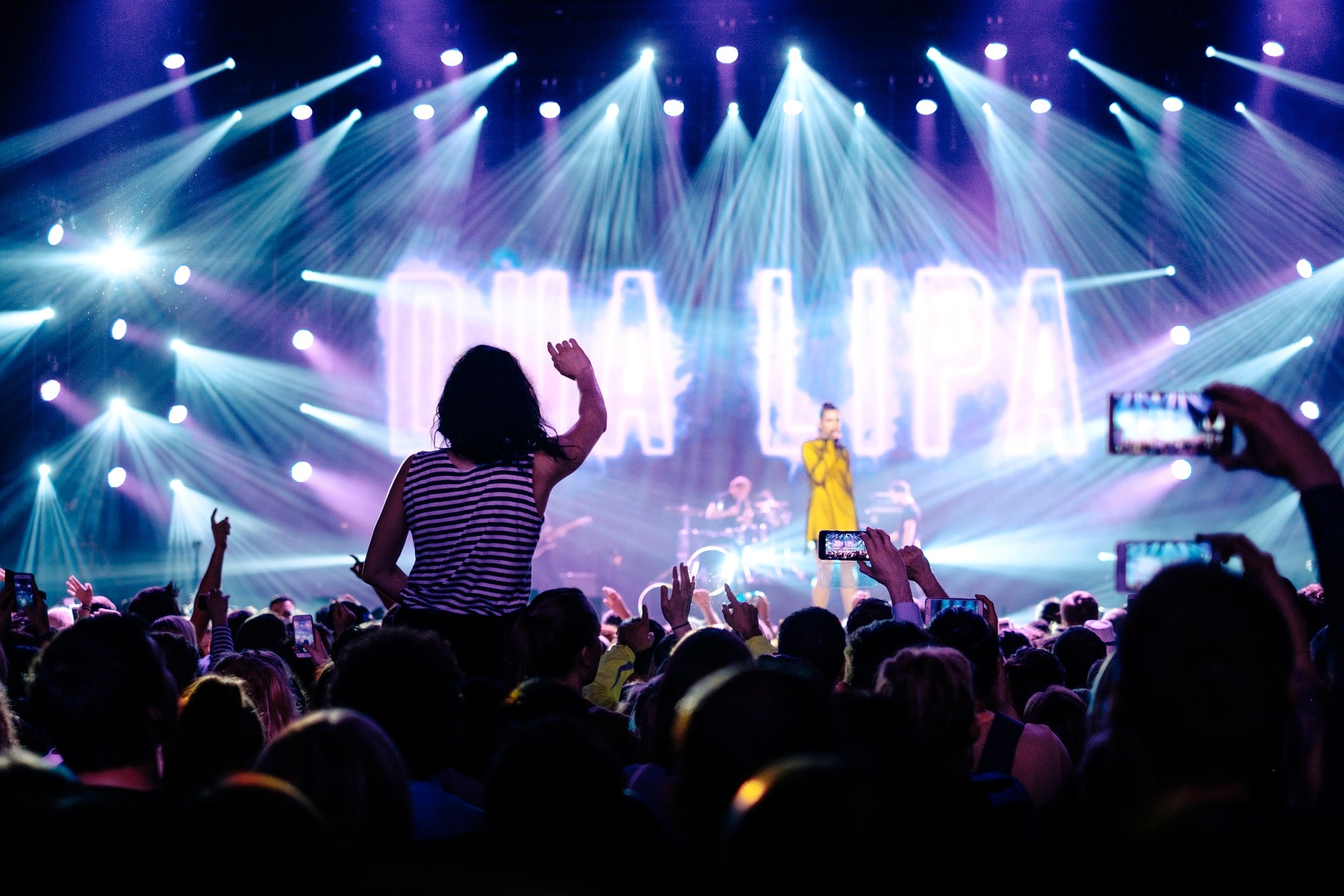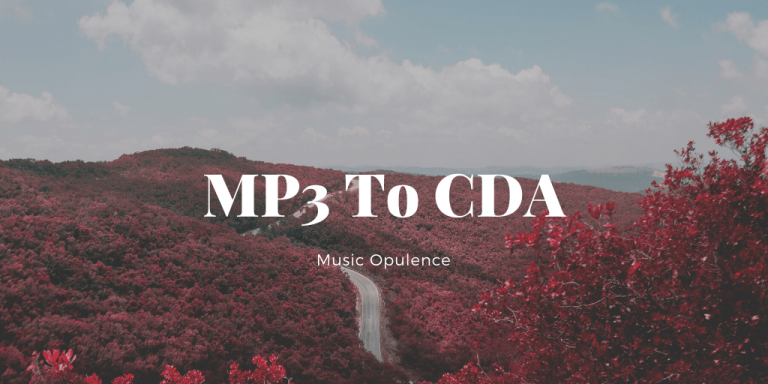Psychedelic Trance Music
Electronic music became increasingly popular as a consequence of improvements in technology (especially the evolution of Musical Instrument Digital Interface, or MIDI), and has turned into a bewildering range of genres such as a house, techno, trance, breakbeat, hardcore, and neighboring. These genres, many of them very danceable (neighboring is a noteworthy exception), could be divided into sub-genres and spin-offs such as trip-hop, garage, jungle, innovative house, etc.. The scene is beginning to split into sub-sub-genres for example”speed garage” etc.
“Trance” is arguably among the most popular of the main digital music genres, also in the early 1990s, it spawned a sub-genre called”Goa trance”, so known because it was created by Western expatriates residing inshore communities in the former Portuguese colony of Goa, India. Returning expatriates spread this new sort of music around the planet, and though it has achieved mainstream status in Israel, Japan, and parts of Western Europe (most especially Berlin), it turned into more of a”cult” happening elsewhere, such as the USA. Goa trance later evolved to the sound, called”psychedelic trance”.
Psytrance, since it is often abbreviated, is categorized as”underground” music and has hardly any radio airplay. It’s not noticed often in dance clubs — DJs largely play it at warehouses in places or at parties. Psytrance includes a negative image among lots of individuals as it’s connected to the use of psychedelic drugs like LSD, psilocybin mushrooms, and”club drugs” such as MDMA, ketamine, and GHB. Anybody who’s ever been into some psychedelic trance party could be hard-pressed to describe why they typically begin at midnight and continue until morning (not including regular”after parties”, that frequently persist until noon or later) unless the audience has been kept awake by something much stronger than java. Psytrance is a phenomenon that is global — that this writer has witnessed Iranians and Israelis.





